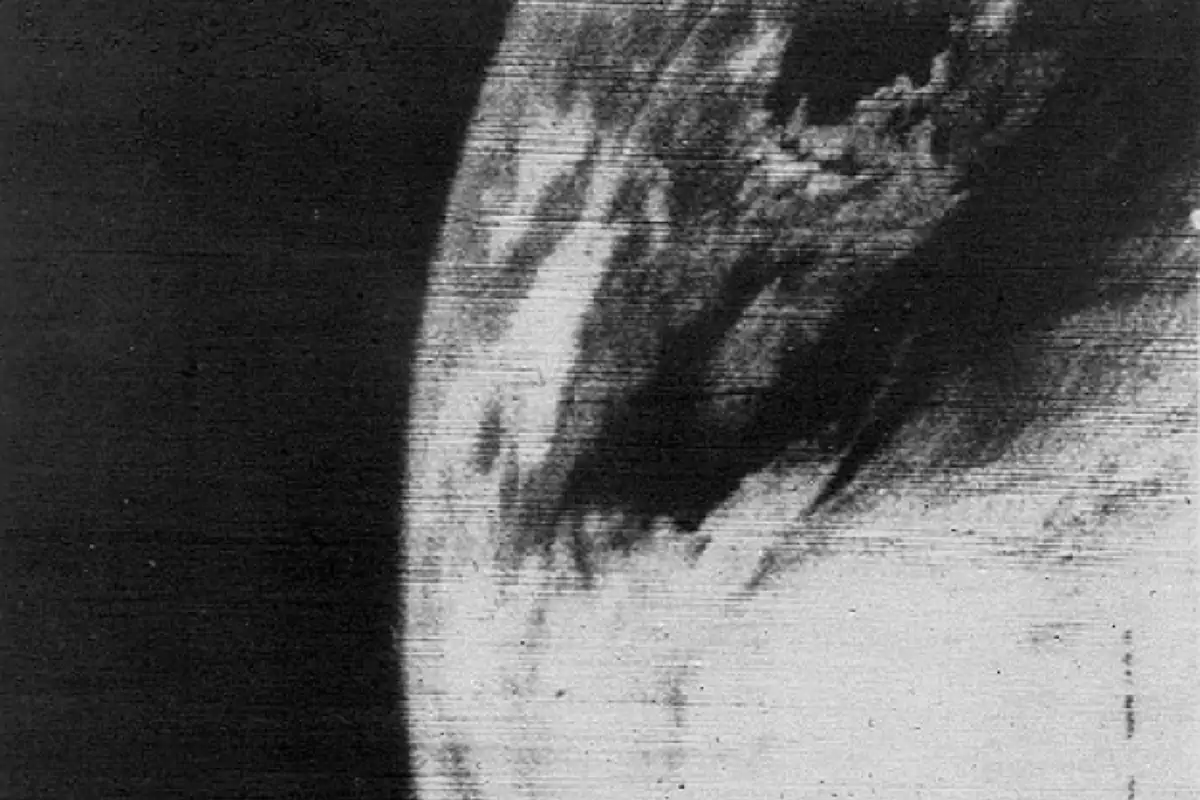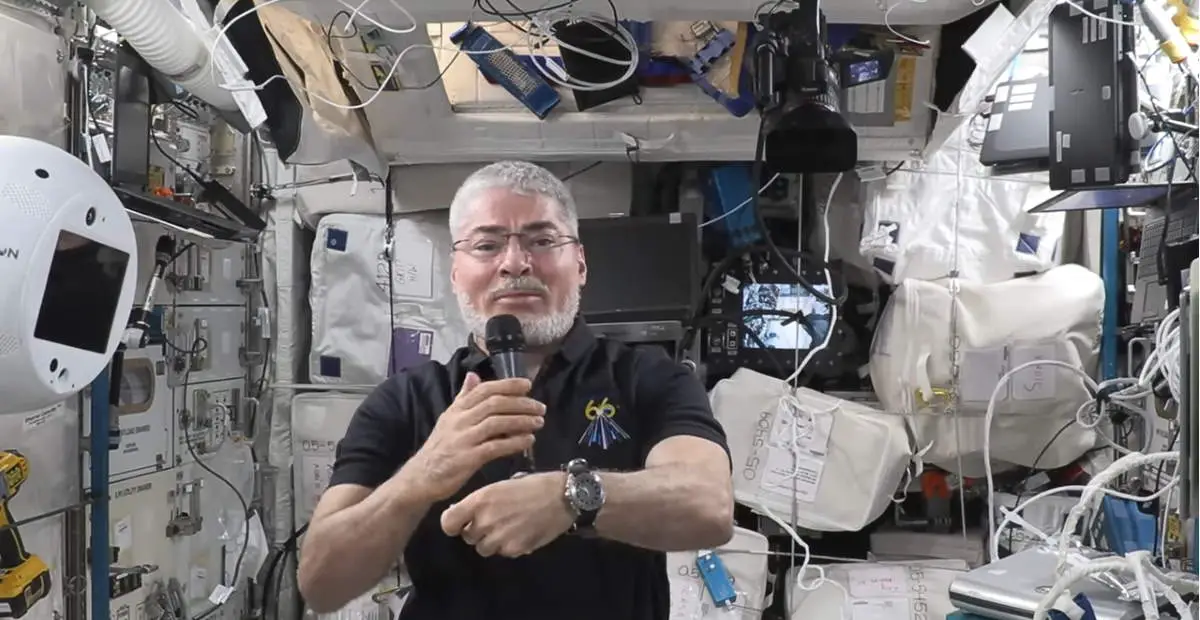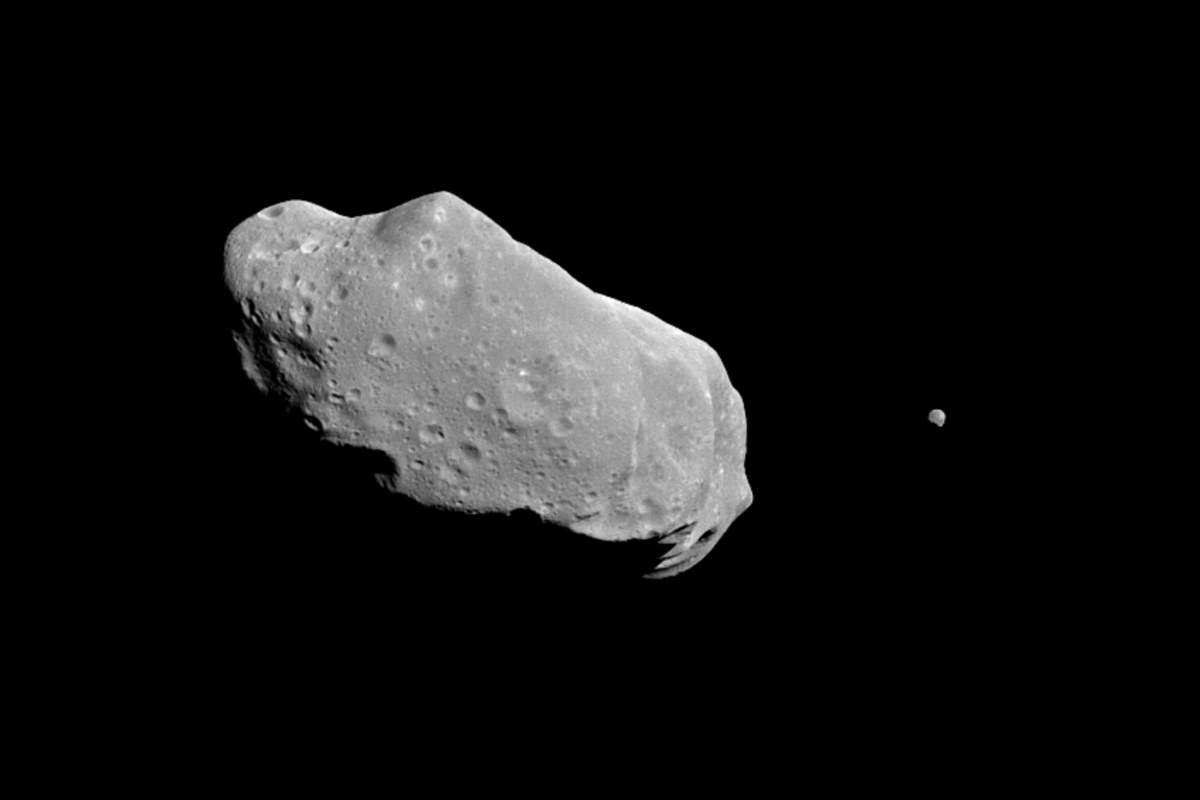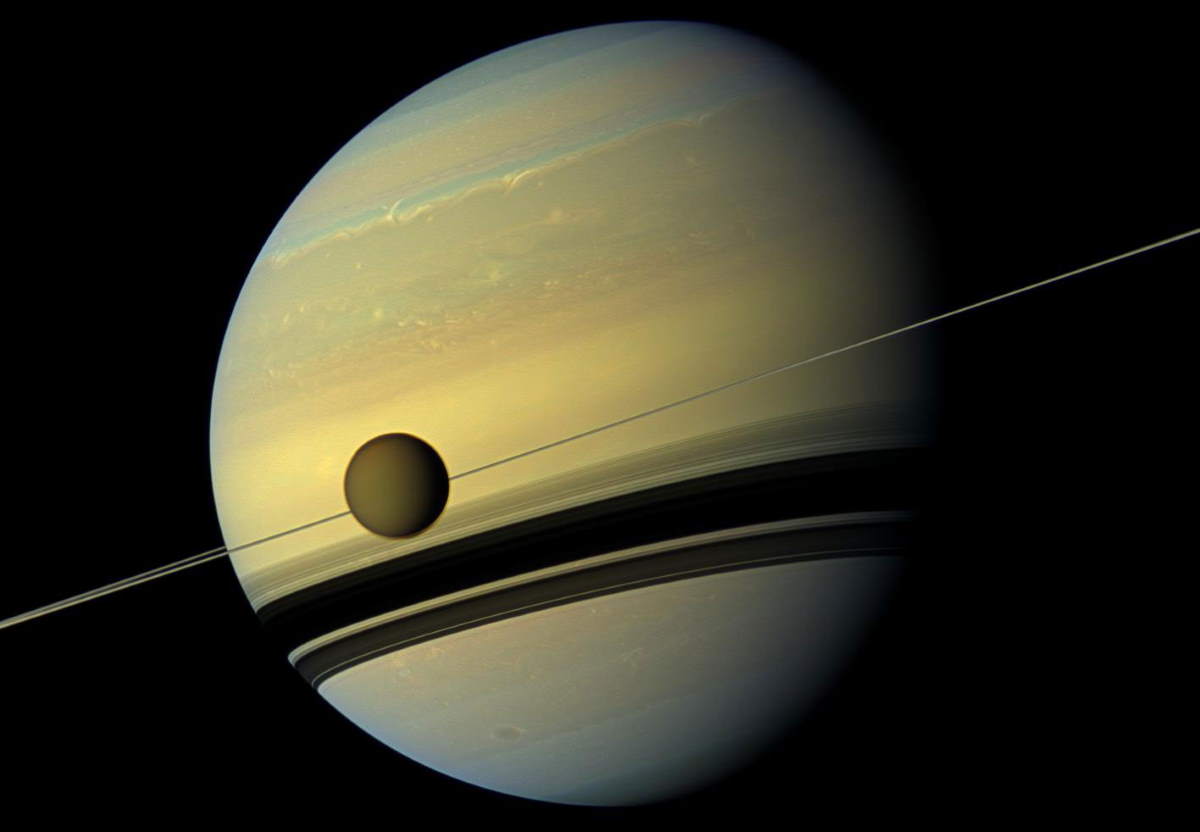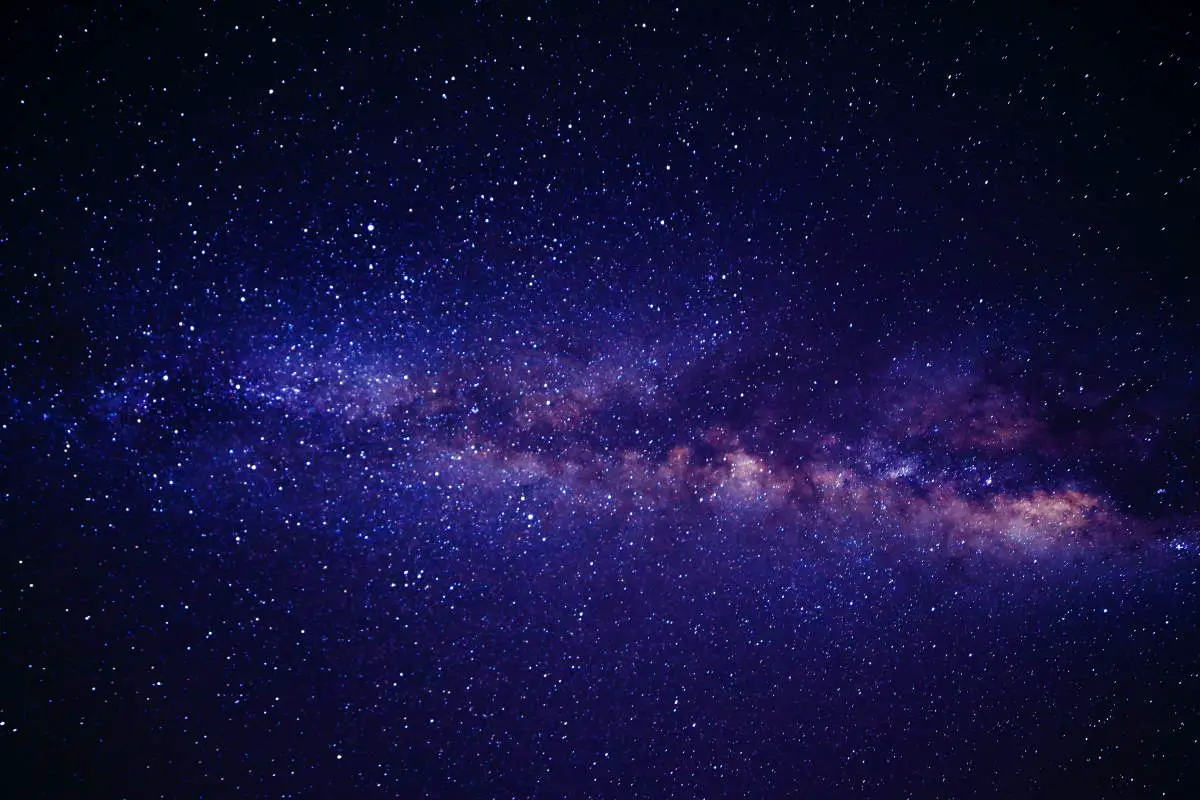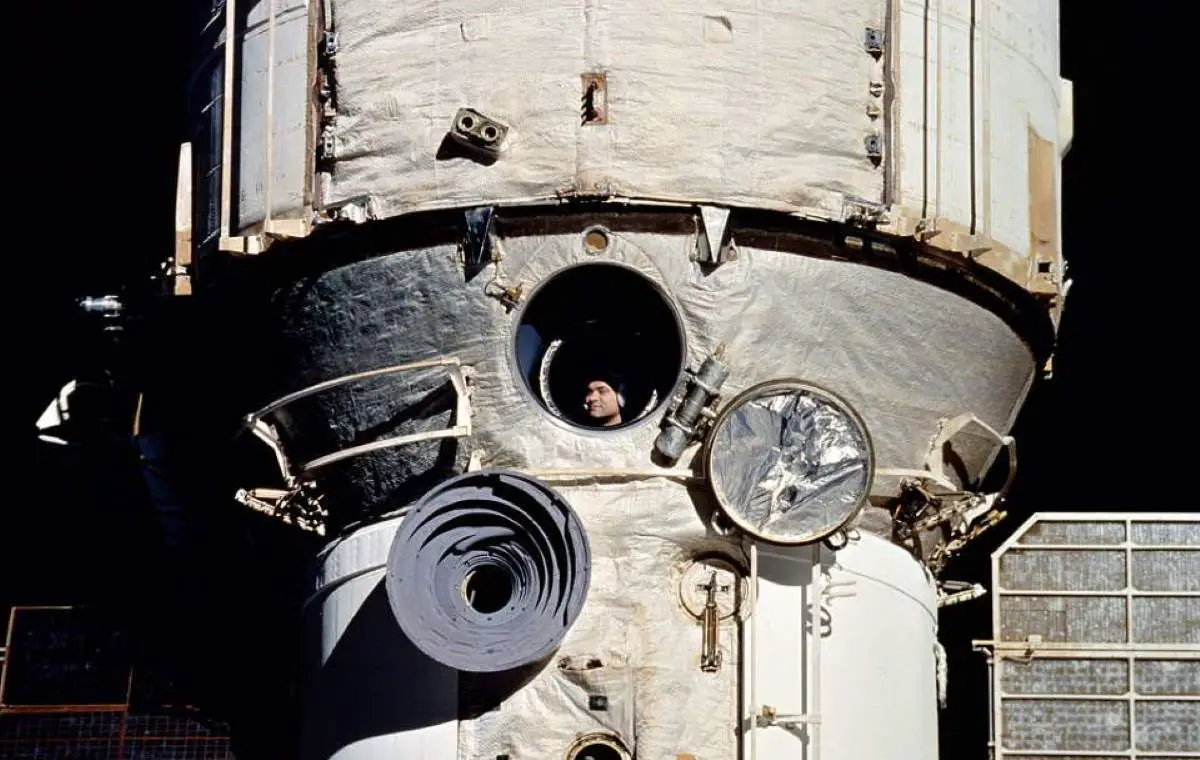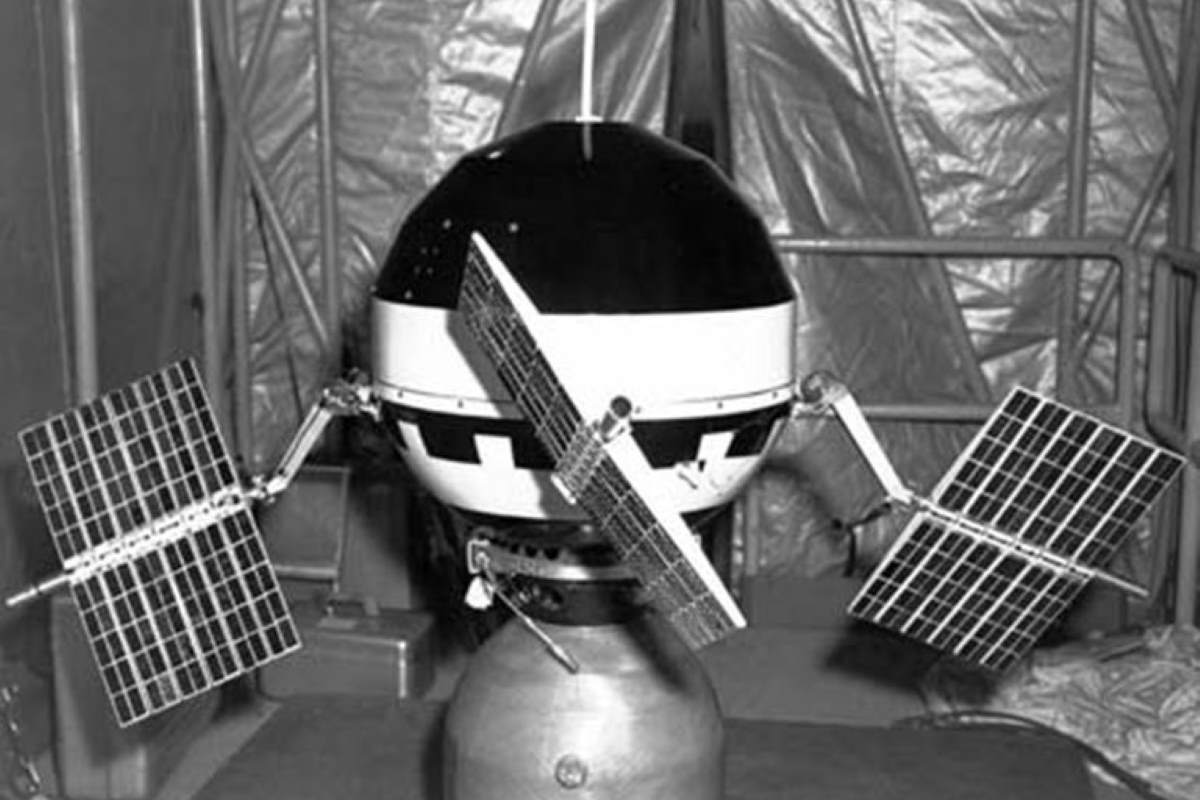On April 1, 1960, NASA’s TIROS-1 (Television Infrared Observation Satellites-1), the first weather satellite was launched from Cape Kennedy and captured the first television picture of Earth from space.
Category Archives: Space Exploration
Astronaut Mark Vande Hei answers social media questions about his record-breaking spaceflight
On March 30, 2020, NASA astronaut Mark Vande Hei returned to Earth after 355 days aboard the International Space Station (ISS). He broke the record for the longest spaceflight by an American astronaut. In a video published by the NASA Johnson channel, Vande Hei answers social media questions on March 10 and reflects on his …
The first moon in orbit around an asteroid [243 Ida] was discovered on March 23, 1994
On March 23, 1994, a photo was released showing the first moon discovered be in orbit around an asteroid, 243 Ida. Today’s (March 23) story of what happened this day in Science, Technology, Astronomy, and Space Exploration history.
Christiaan Huygens discovered Titan on March 25, 1655
On March 25, 1655, the Dutch mathematician, physicist, astronomer, and inventor Christiaan Huygens discovered Titan, Saturn’s largest moon and the second-largest natural satellite in the Solar System (after Jupiter’s Ganymede). Today’s (March 25) story of what happened this day in Science, Technology, Astronomy, and Space Exploration history.
How AI Plays a Significant Role in Discovering the Universe
Artificial intelligence (AI) has driven a lot of advancements in different fields of study. From medicine, engineering, finance, and even the way we do groceries have all changed for the better. More importantly, AI pushes humankind’s understanding of the places we never thought possible. From protecting humanity to making sense out of seemingly random data, …
Continue reading “How AI Plays a Significant Role in Discovering the Universe”
Mir Space Station was deorbited on March 23, 2001
On March 23, 2001, after 15 years and more than 86,000 total orbits, Russia’s Mir Space Station was deorbited at 9 a.m. Moscow time. The 134-ton space structure broke up over the southern Pacific Ocean. Some of its larger pieces blazed harmlessly into the sea, about 1,800 miles east of New Zealand. Today’s (March 23) …
Continue reading “Mir Space Station was deorbited on March 23, 2001”
Valeri Polyakov set the longest duration spaceflight record (437.7 days) on March 22, 1995
On March 22, 1995, Russian cosmonaut Valeri Vladimirovich Polyakov returned to Earth from space aboard Soyuz TM-20. During this flight (it was Polyakov’s second spaceflight), he completed just over 7,000 orbits of the Earth. On 9 January 1995, after 366 days in space, Polyakov formally broke the spaceflight duration record previously set by the Soviet …
The first spacewalk was performed by Alexei Leonov on March 18, 1965
On March 18, 1965, Soviet cosmonaut Alexei Leonov stepped out from his Voskhod 2 spacecraft into the void of space and performed the first spacewalk in the history of space exploration. Today’s (March 18) story of what happened this day in Science, Technology, Astronomy, and Space Exploration history.
Giotto spacecraft made the closest approach to Halley’s Comet on March 13, 1986
On March 13, 1986, European Space Agency‘s (ESA) Giotto spacecraft made the closest approach to Halley’s Comet at a distance of 596 kilometers (370 miles). Today’s (March 13) story of what happened this day in Science, Technology, Astronomy, and Space Exploration history.
Pioneer 5 was launched on March 11, 1960
Nicknamed “Paddle-Wheel Satellite”, NASA’s Pioneer 5 probe was launched on March 11, 1960, from Cape Canaveral Air Force Station. Today’s (March 11) story of what happened this day in Science, Technology, Astronomy, and Space Exploration history.
